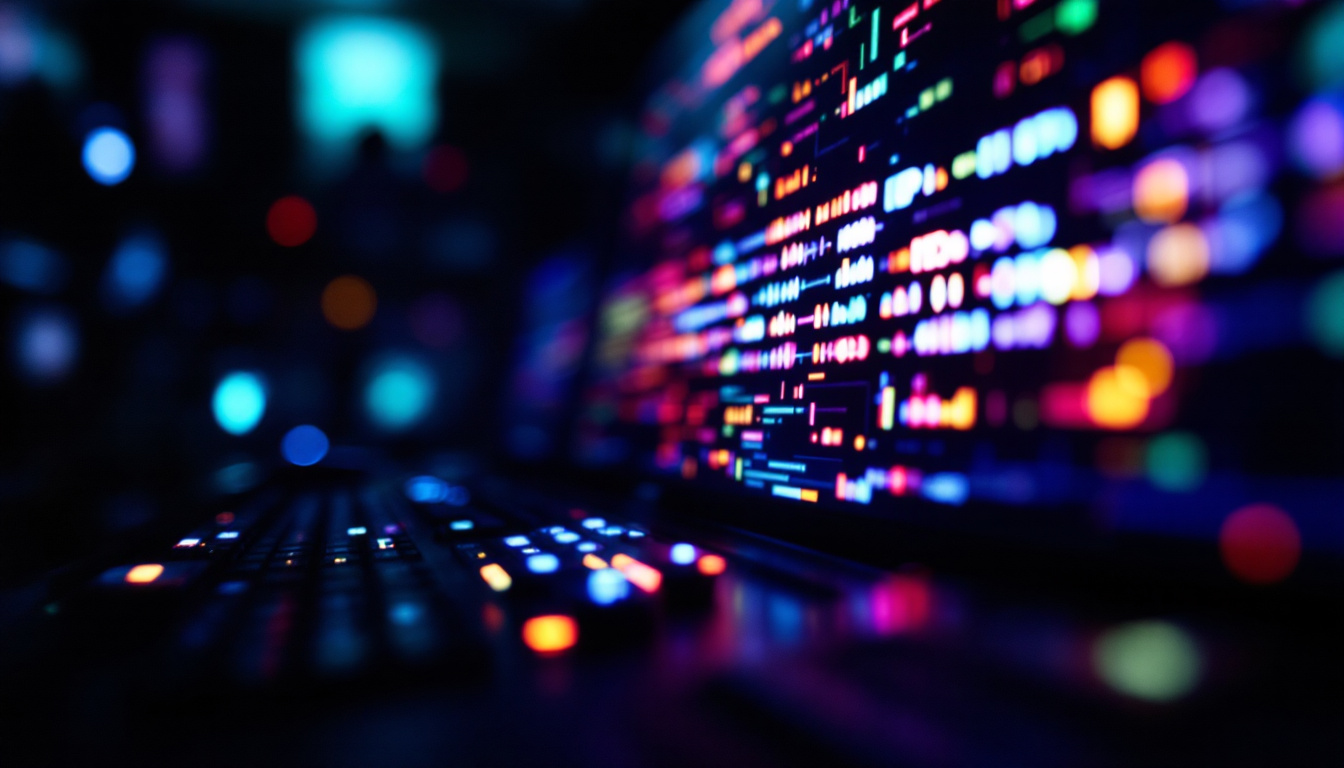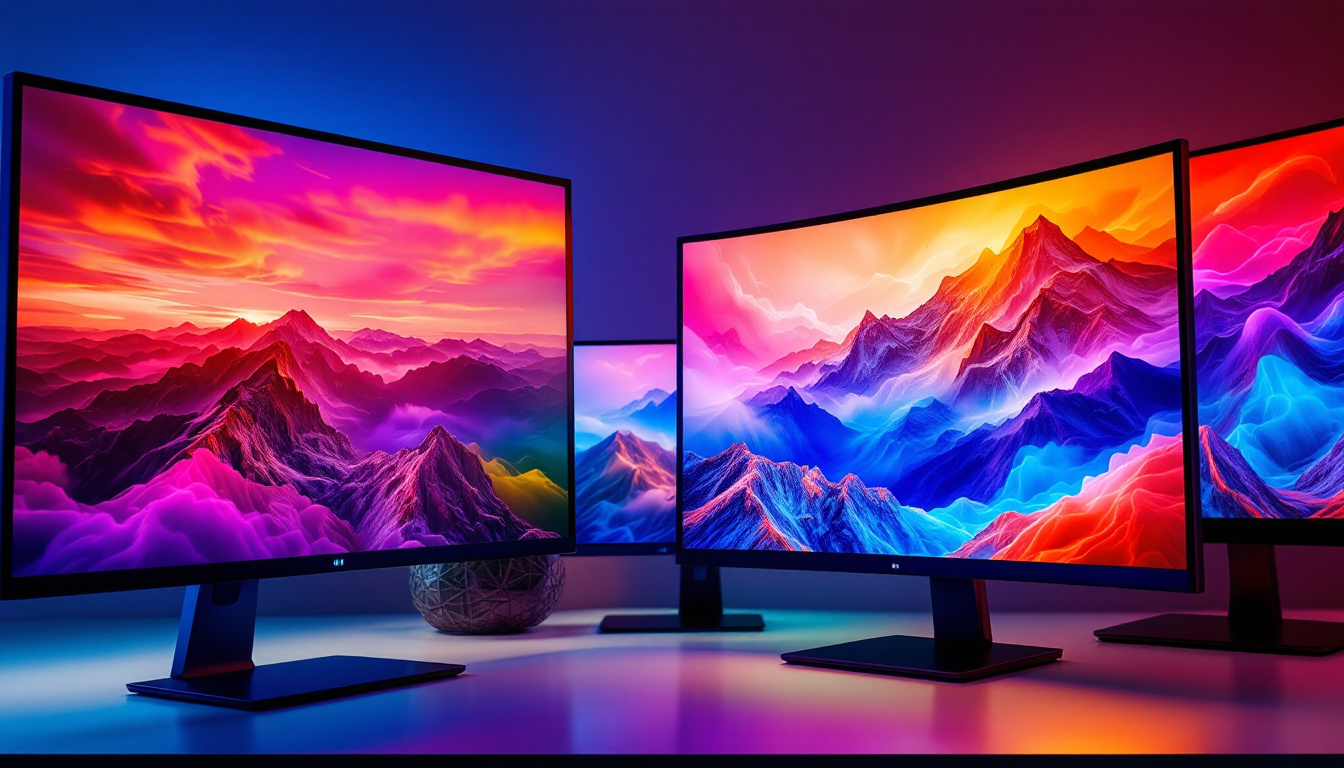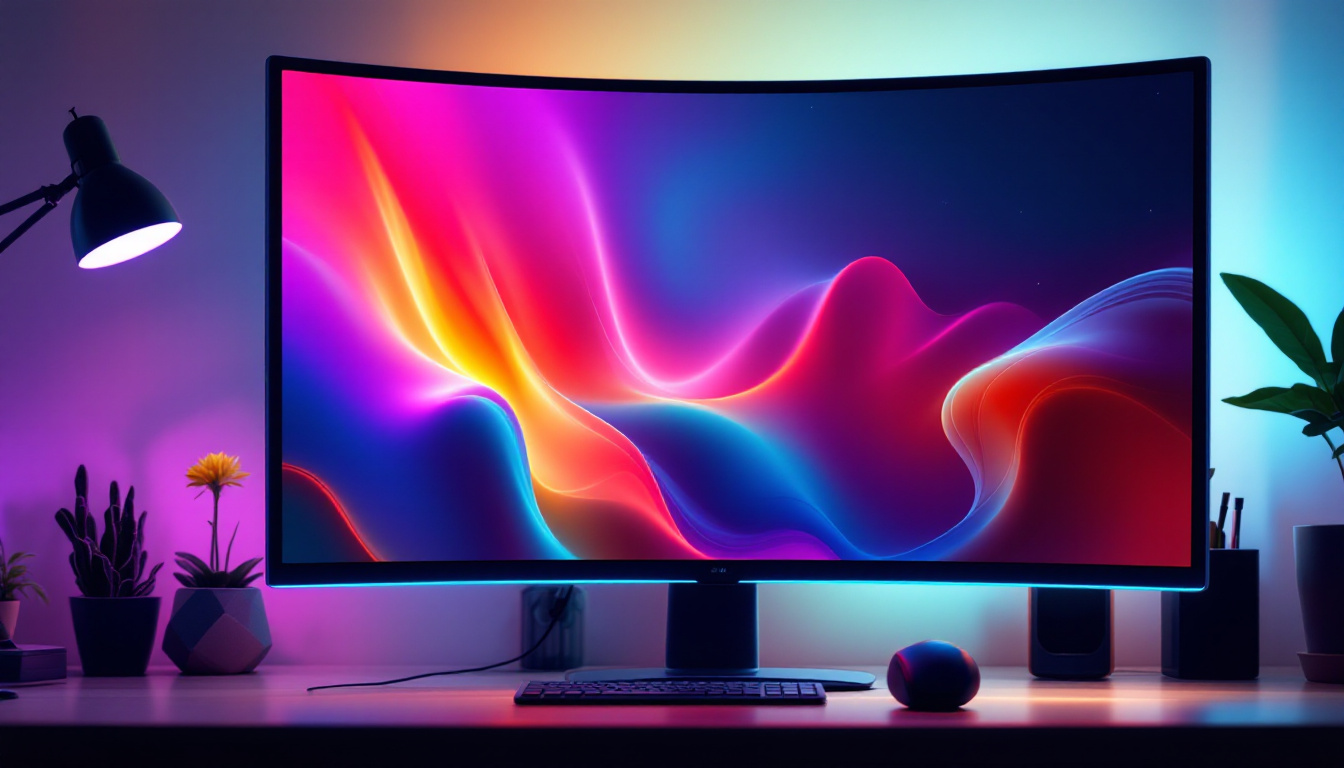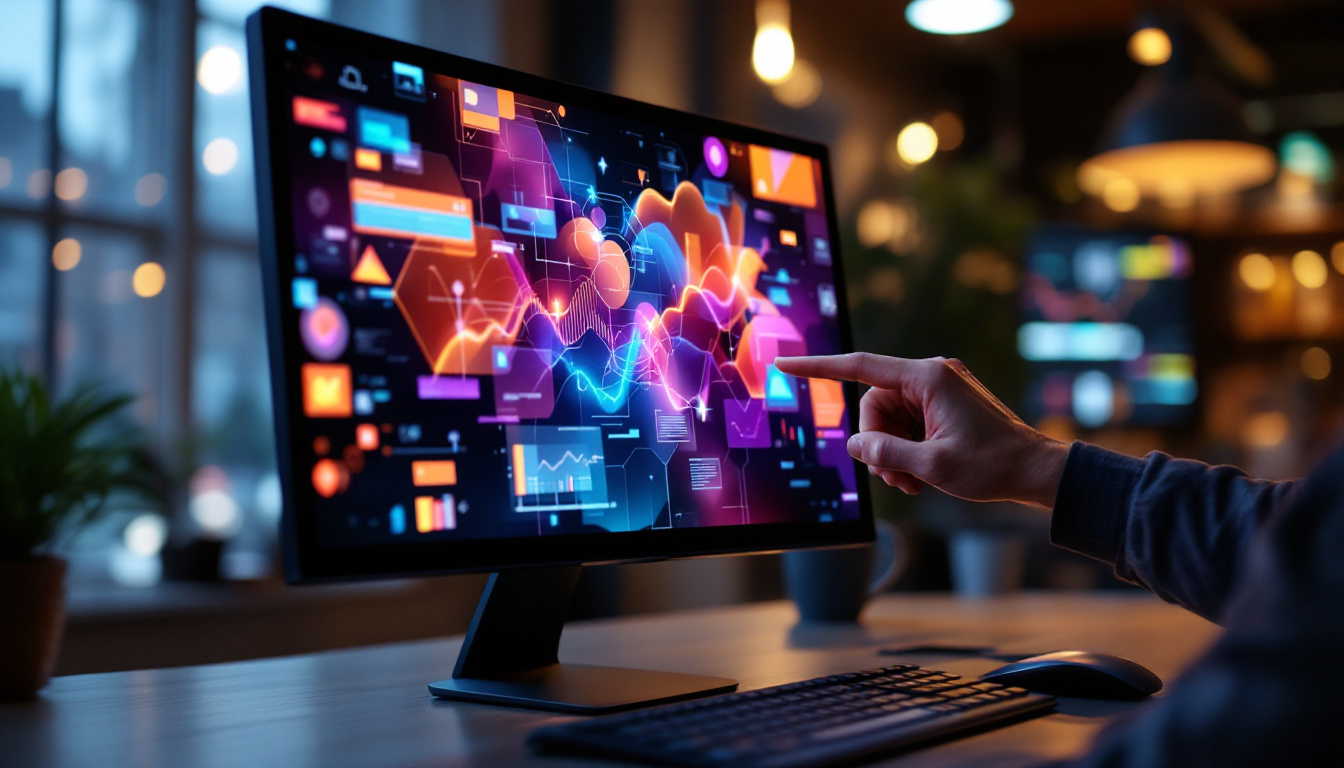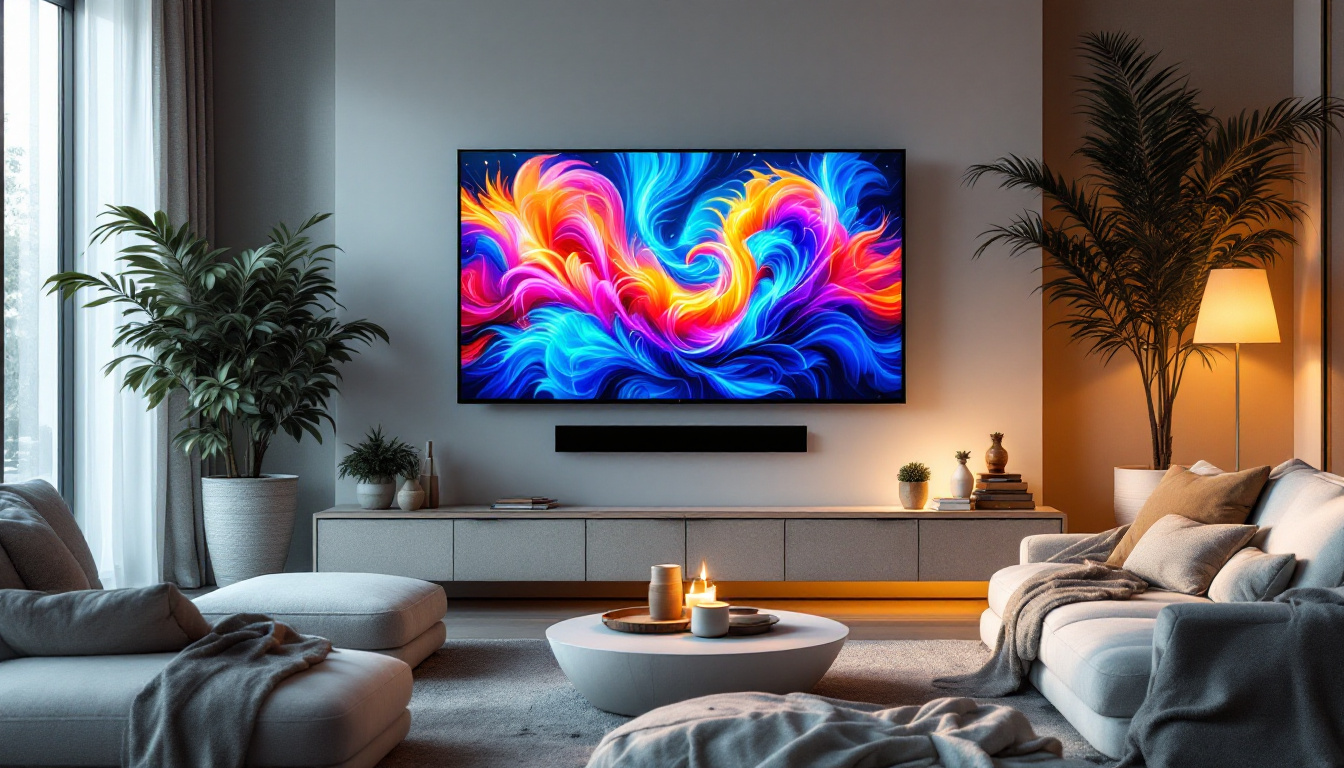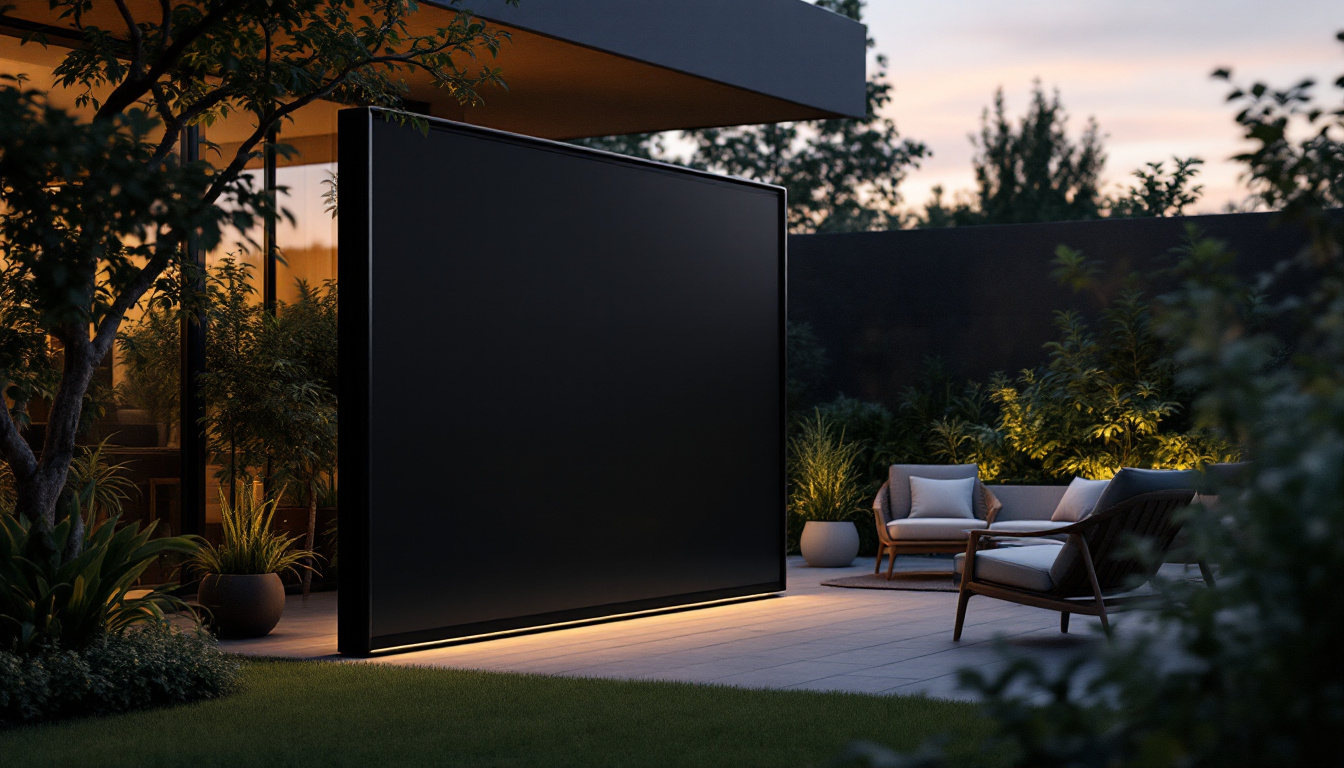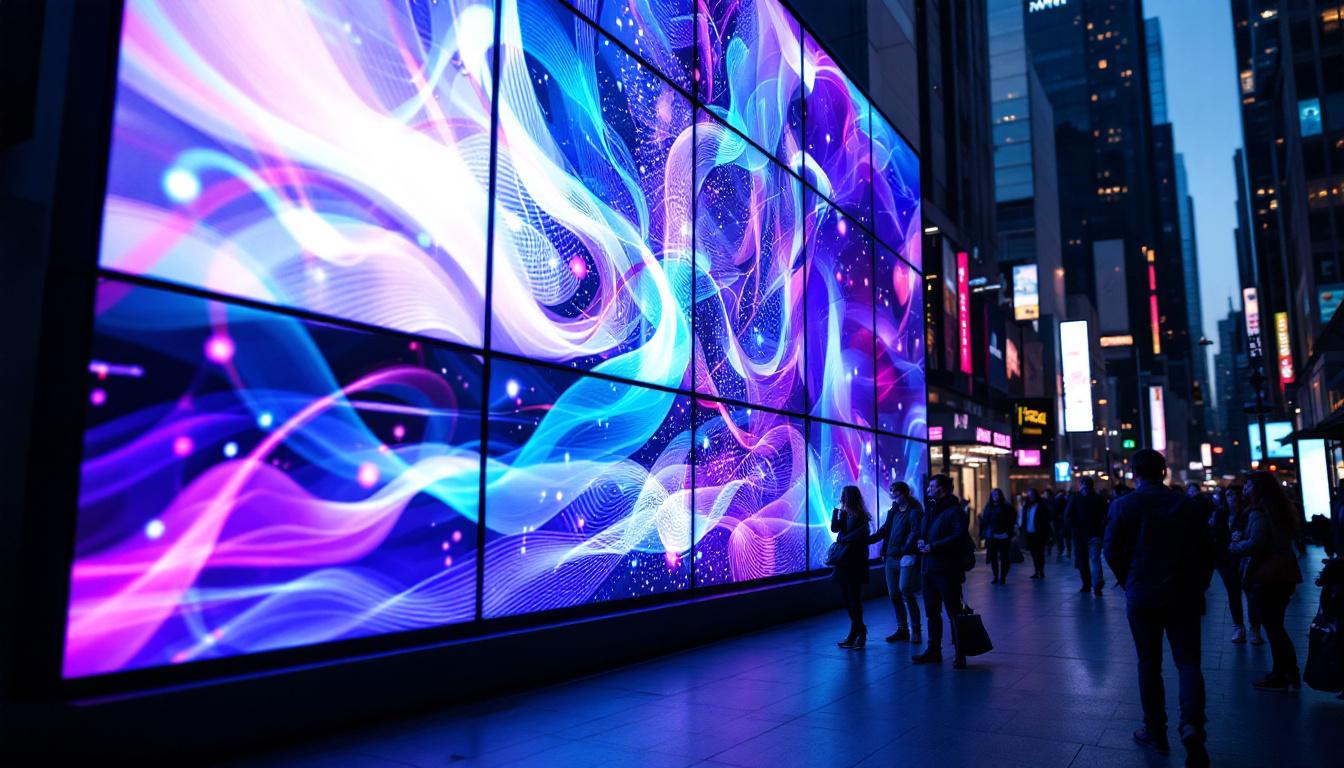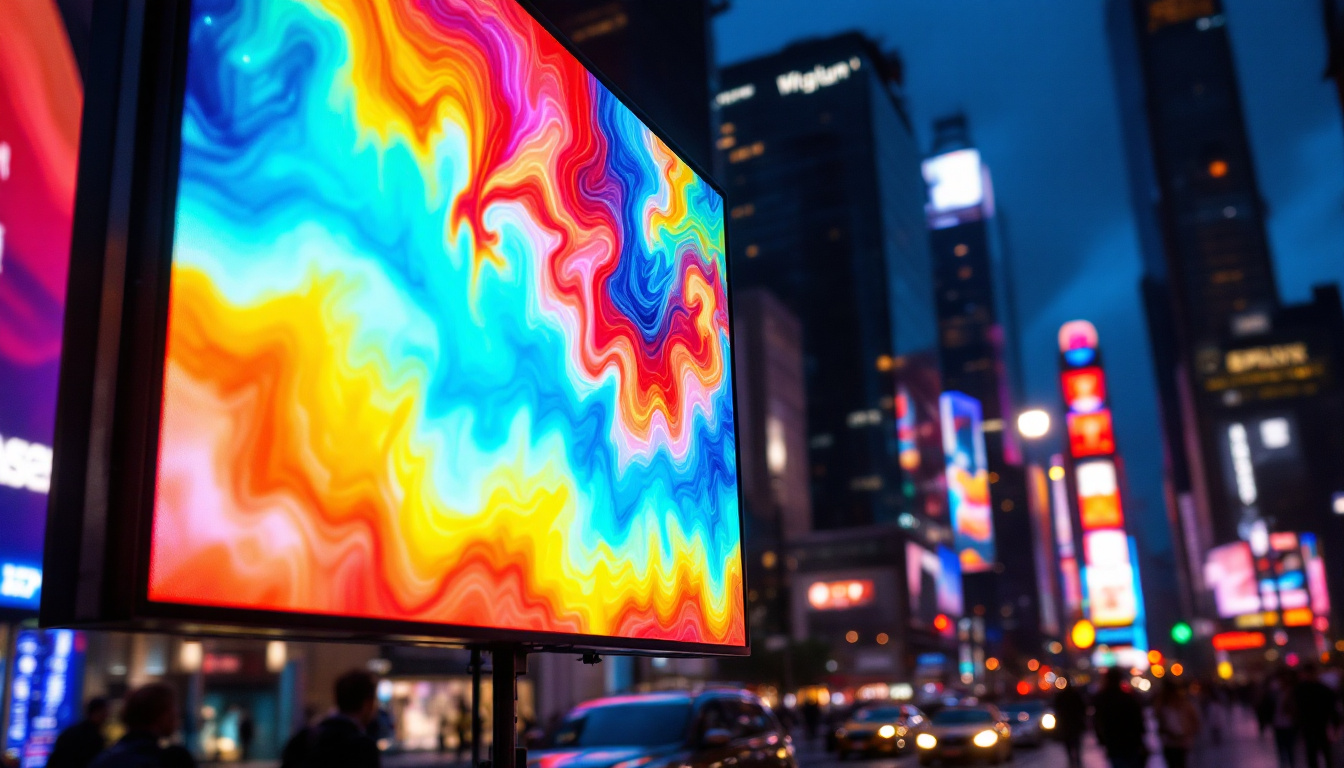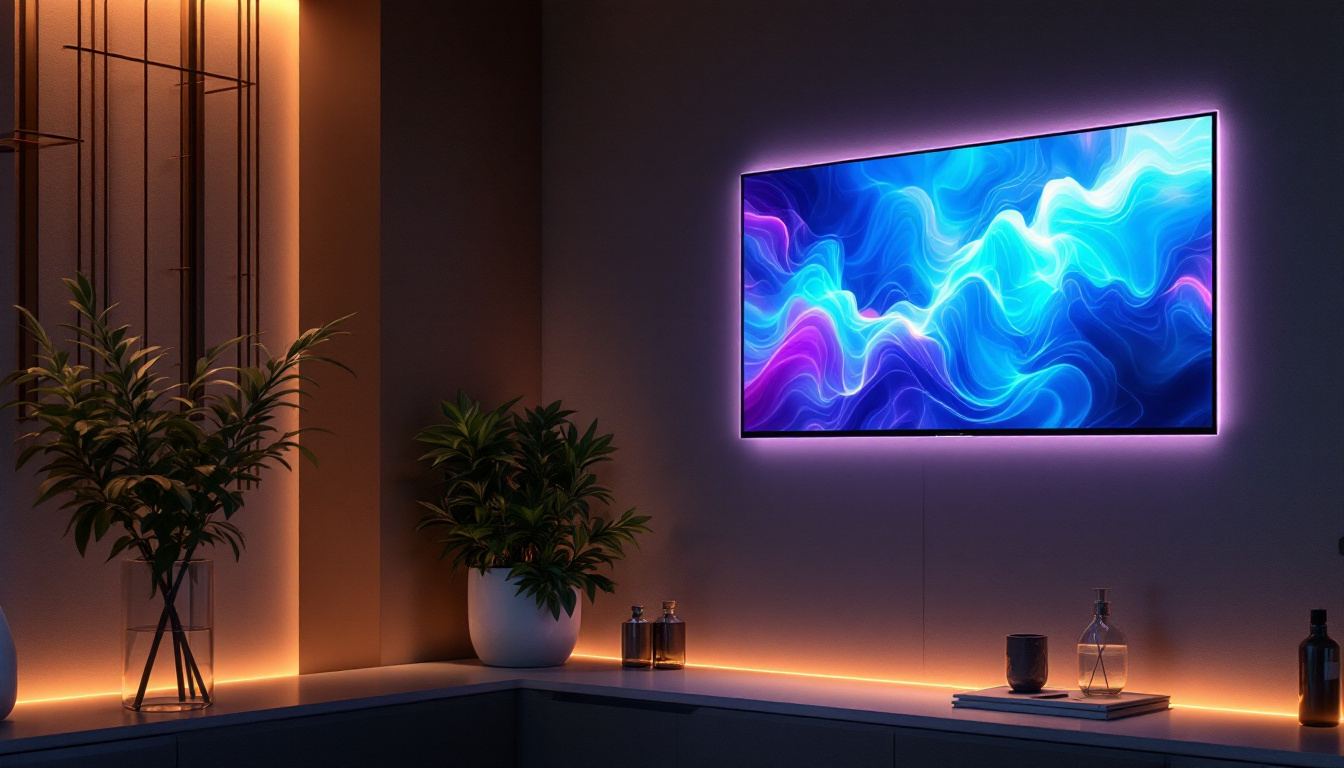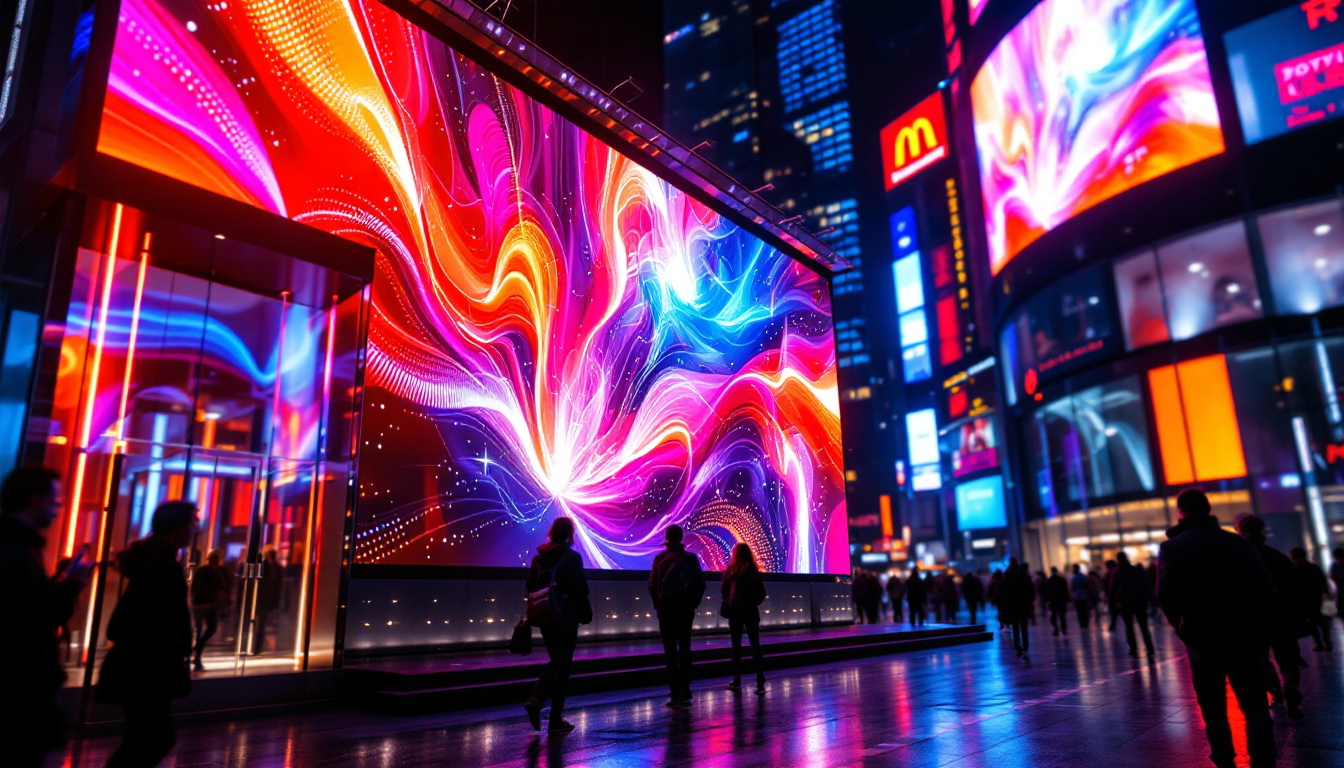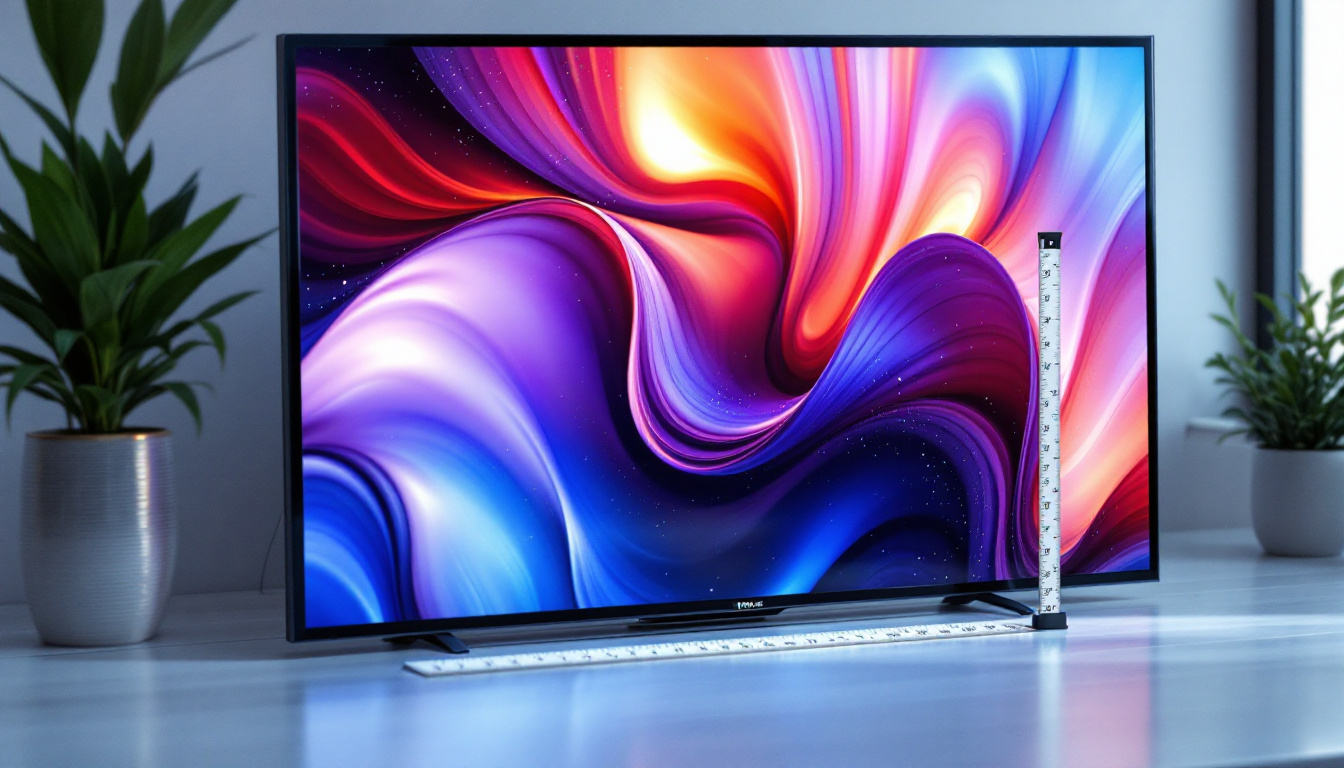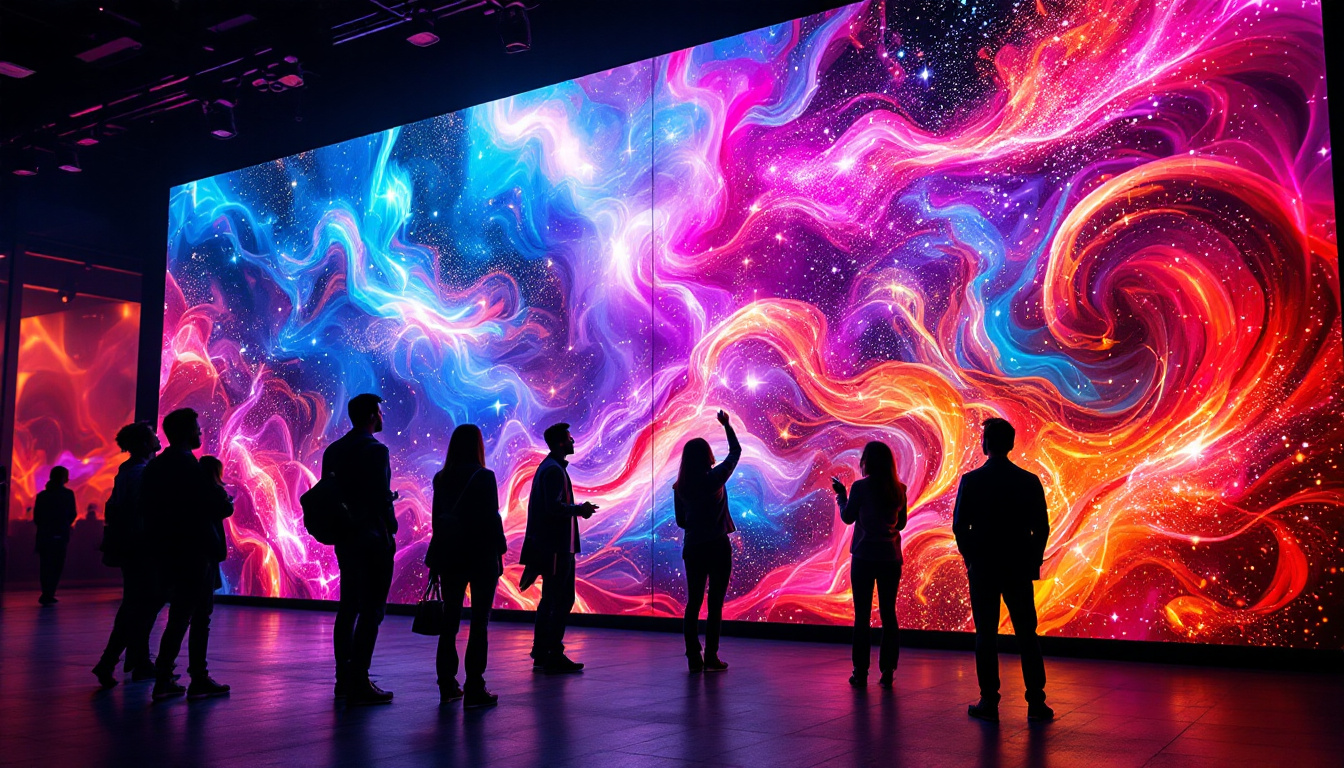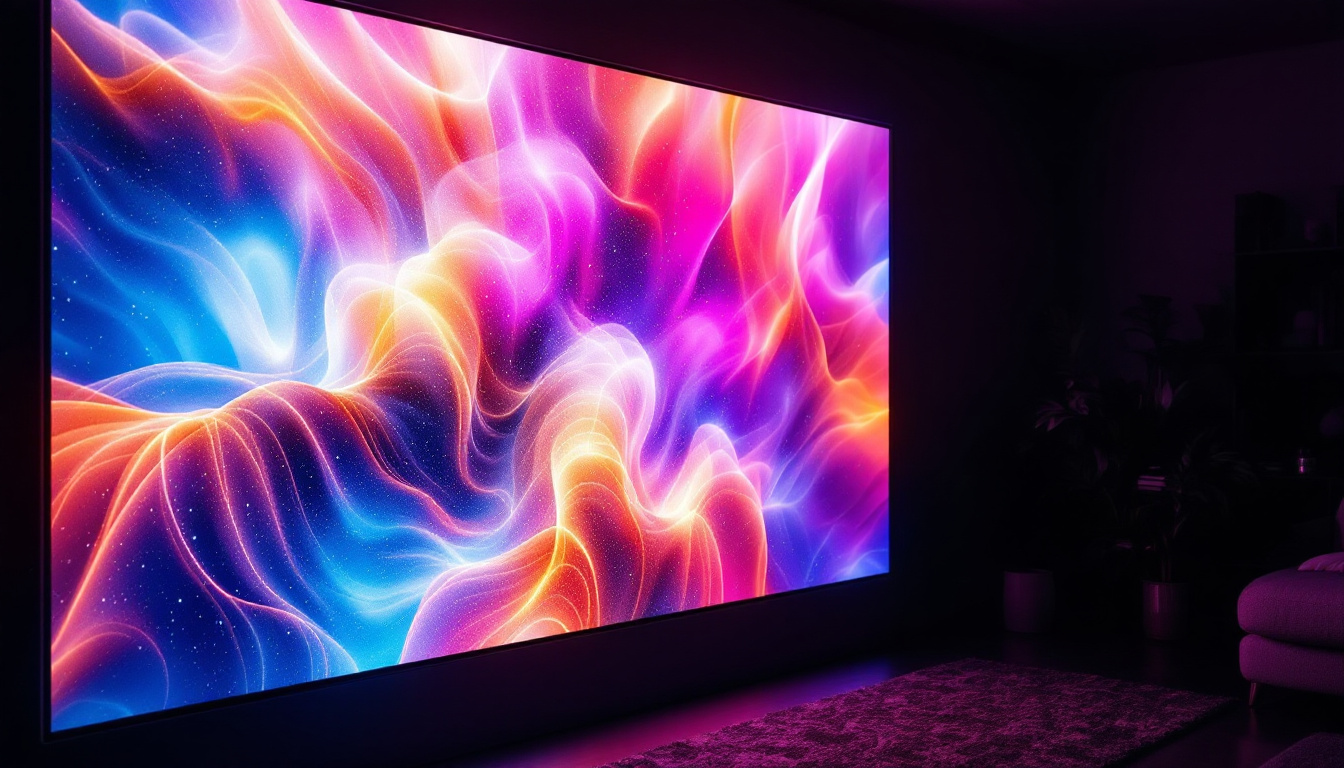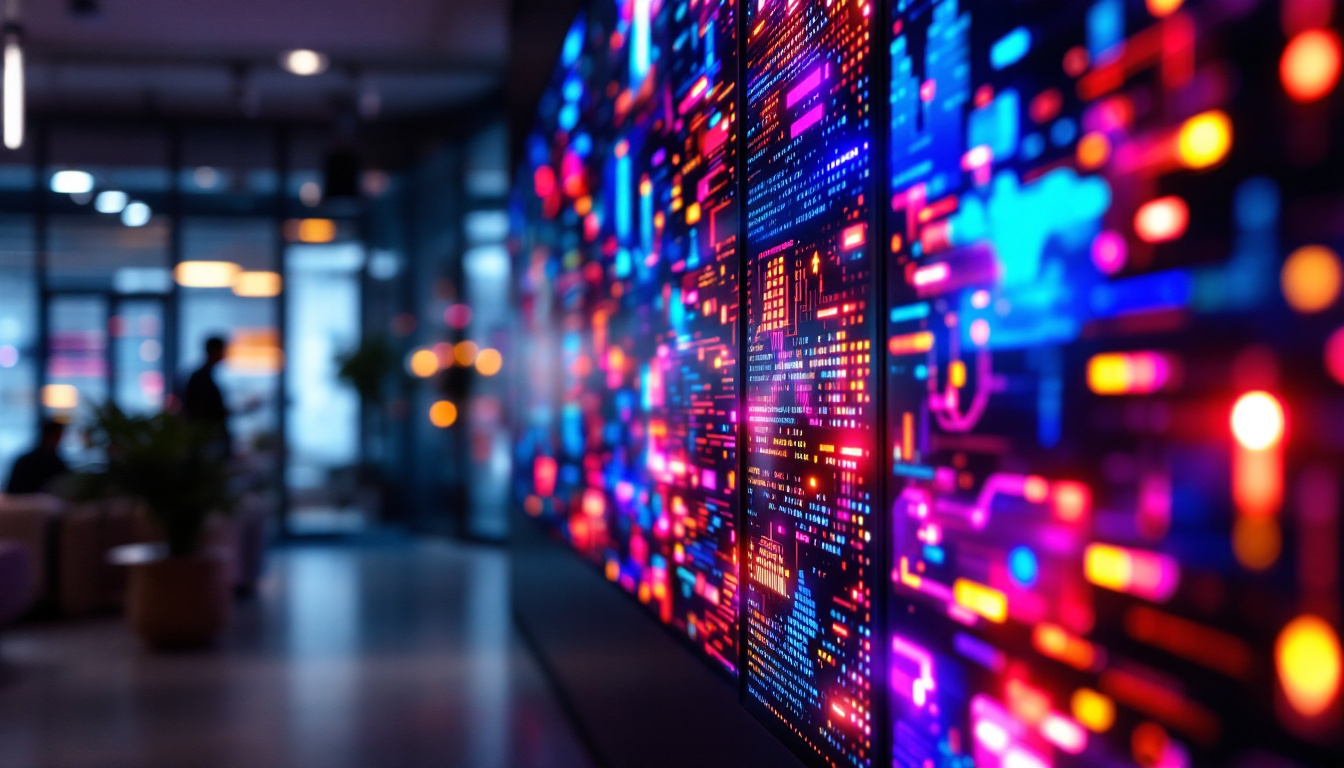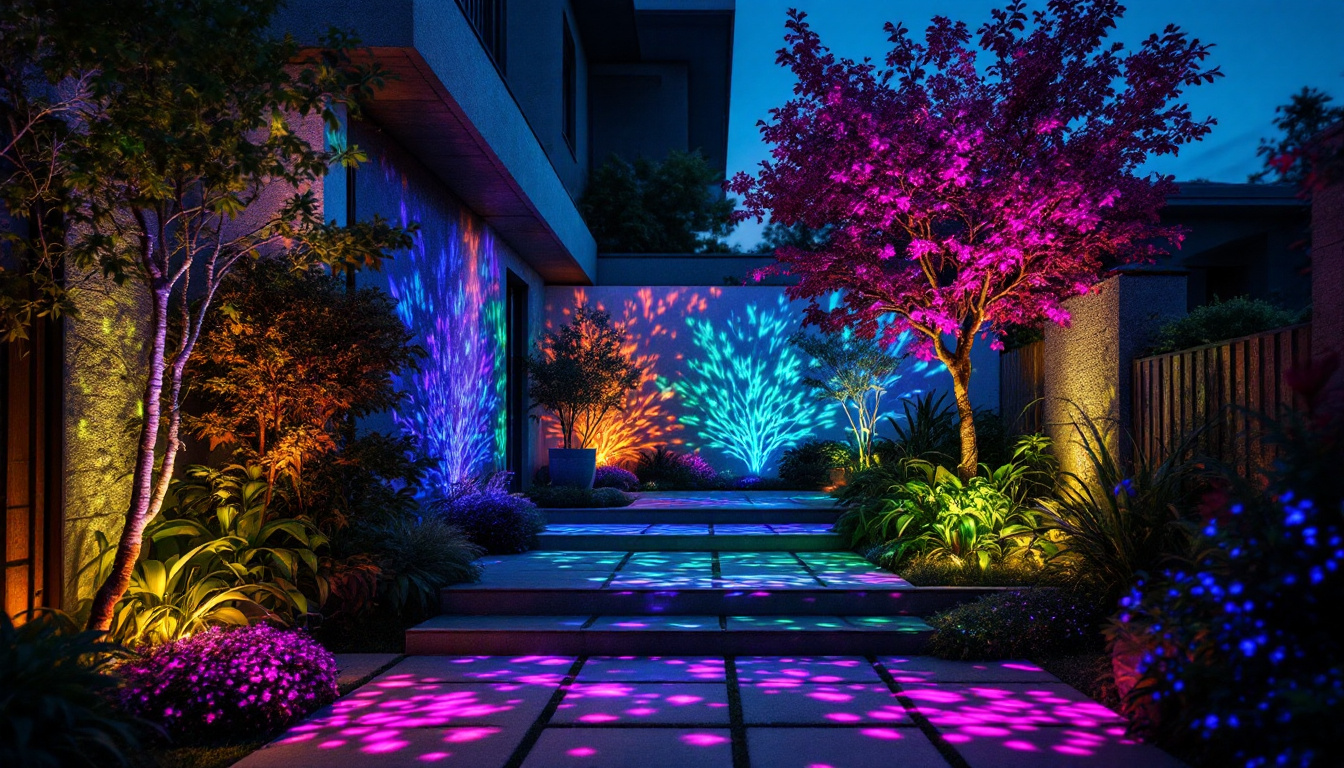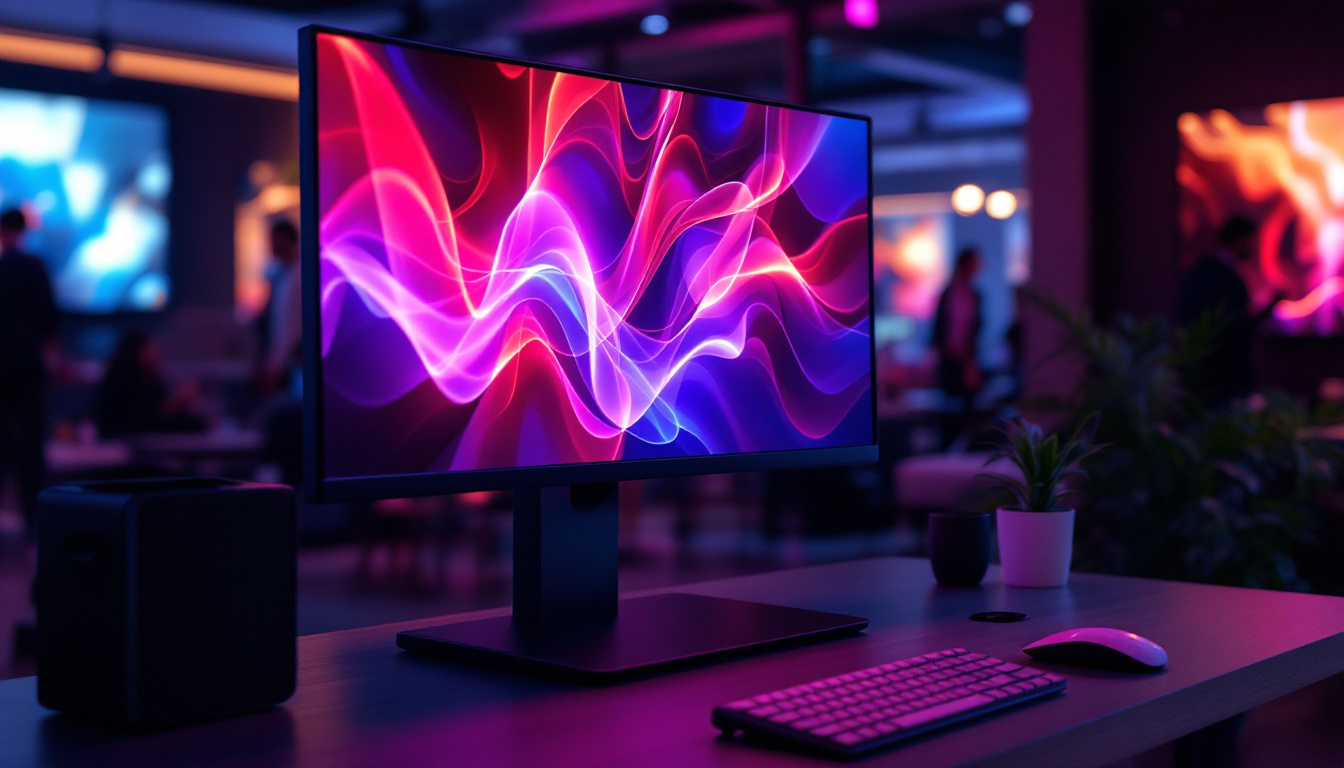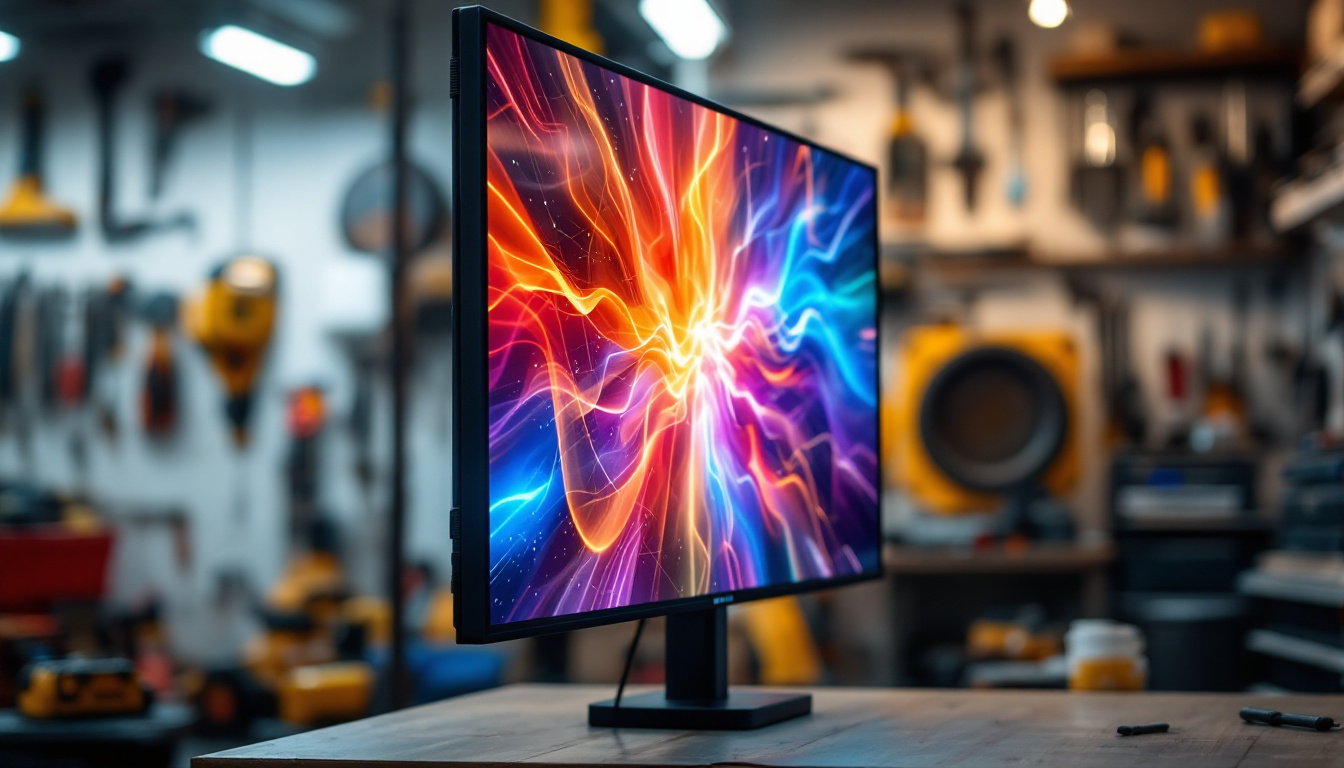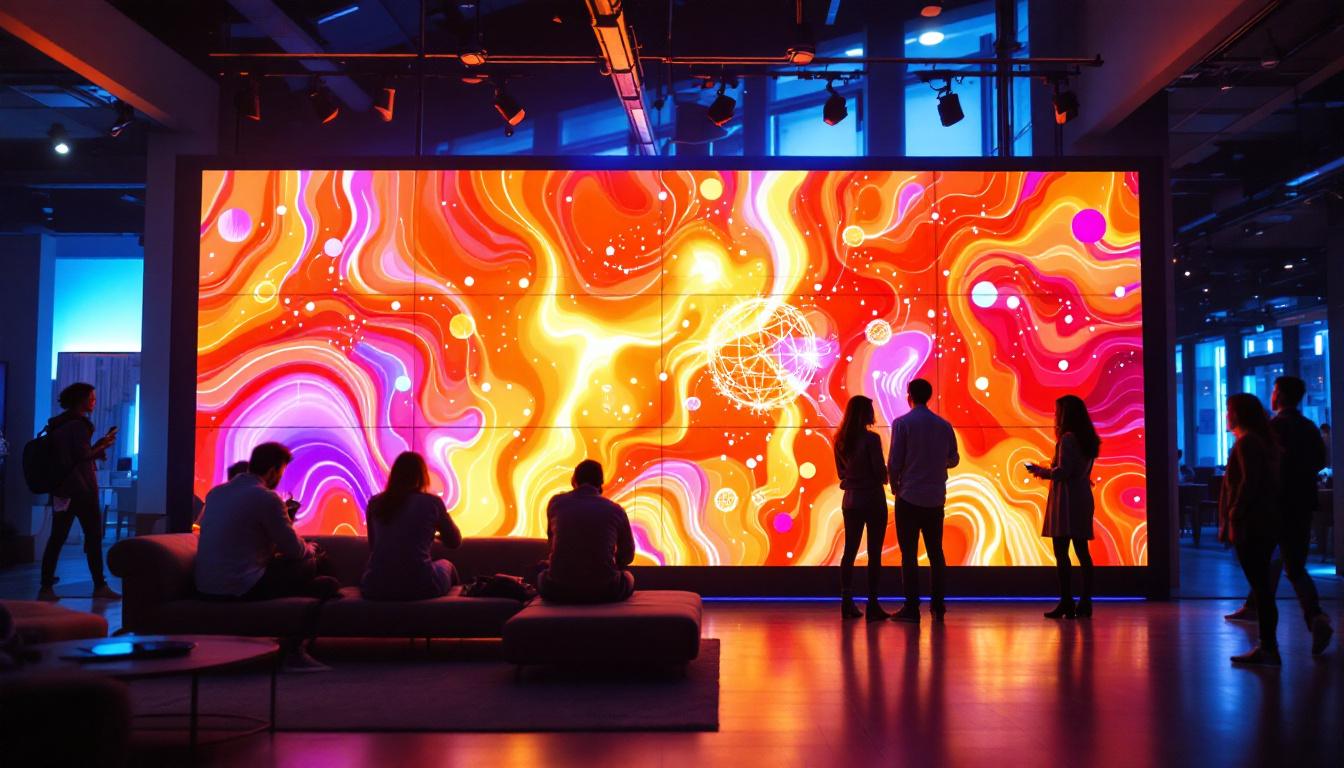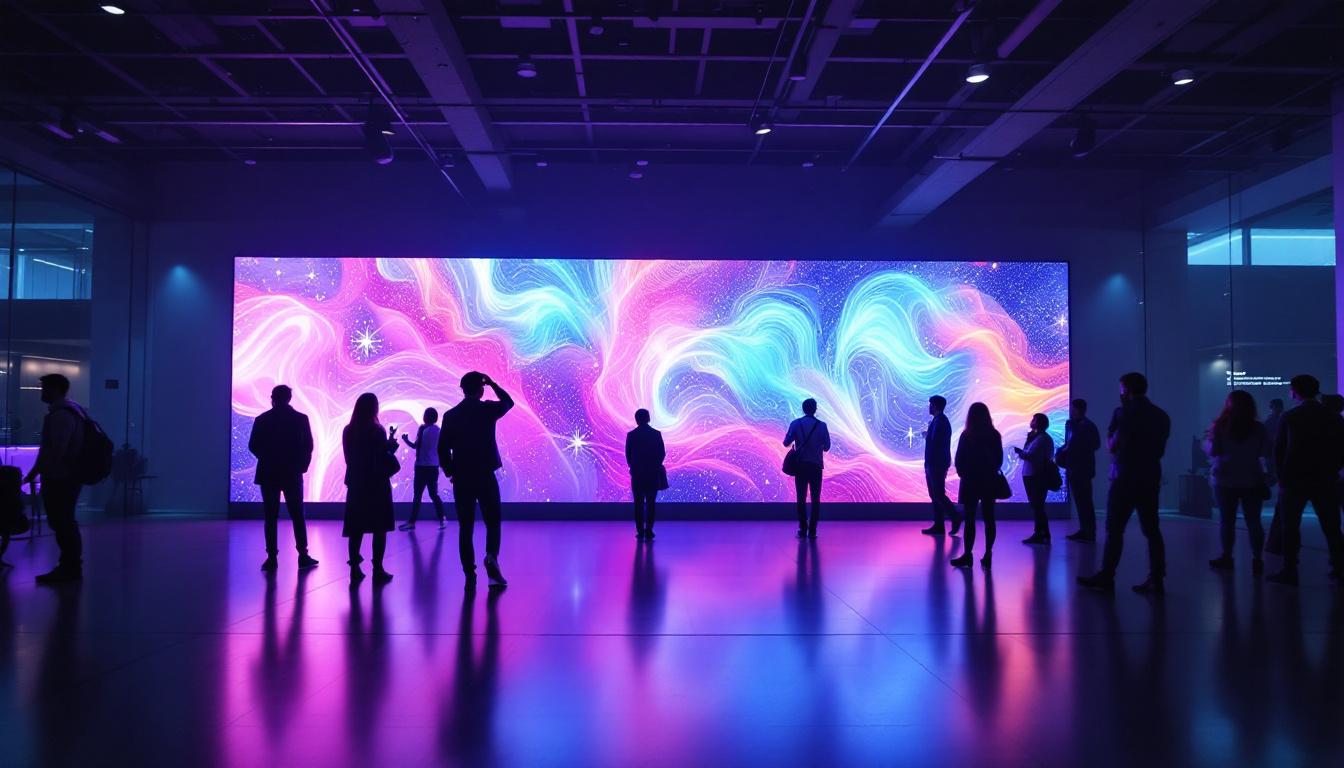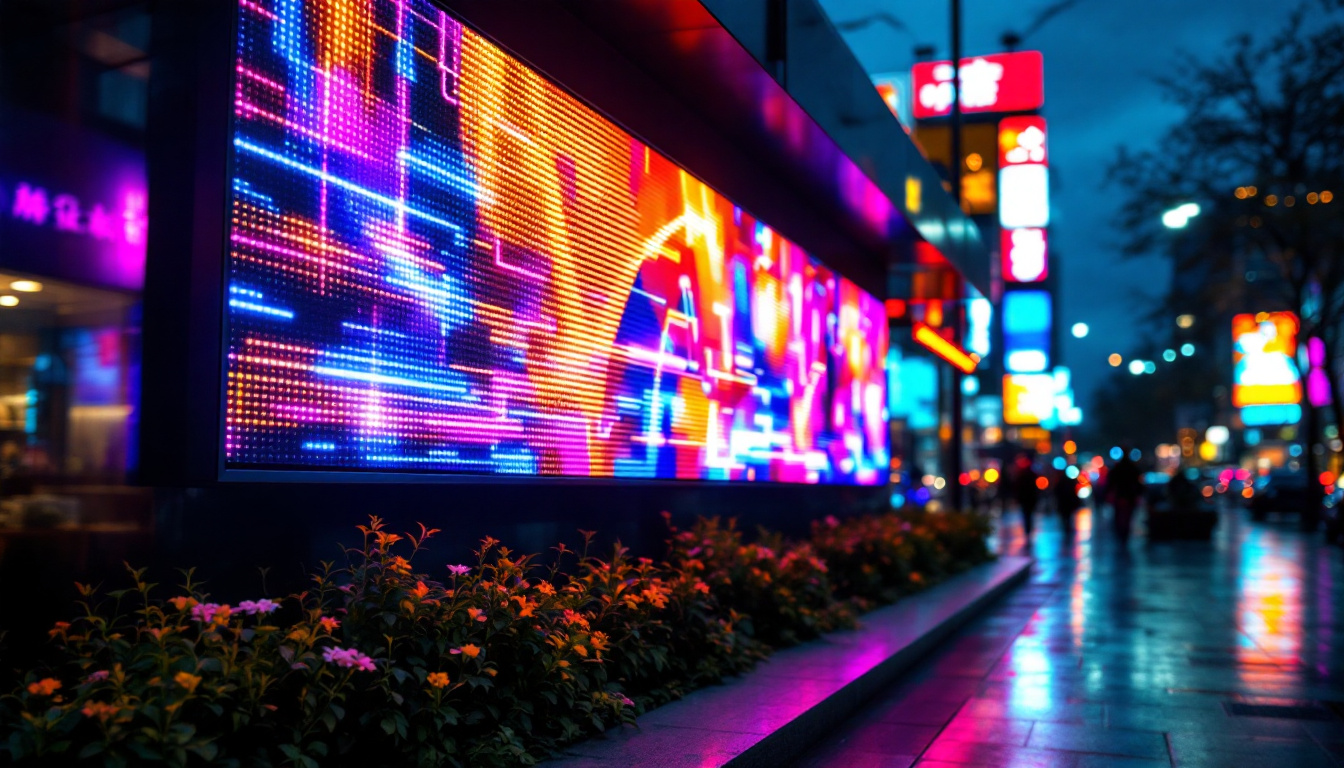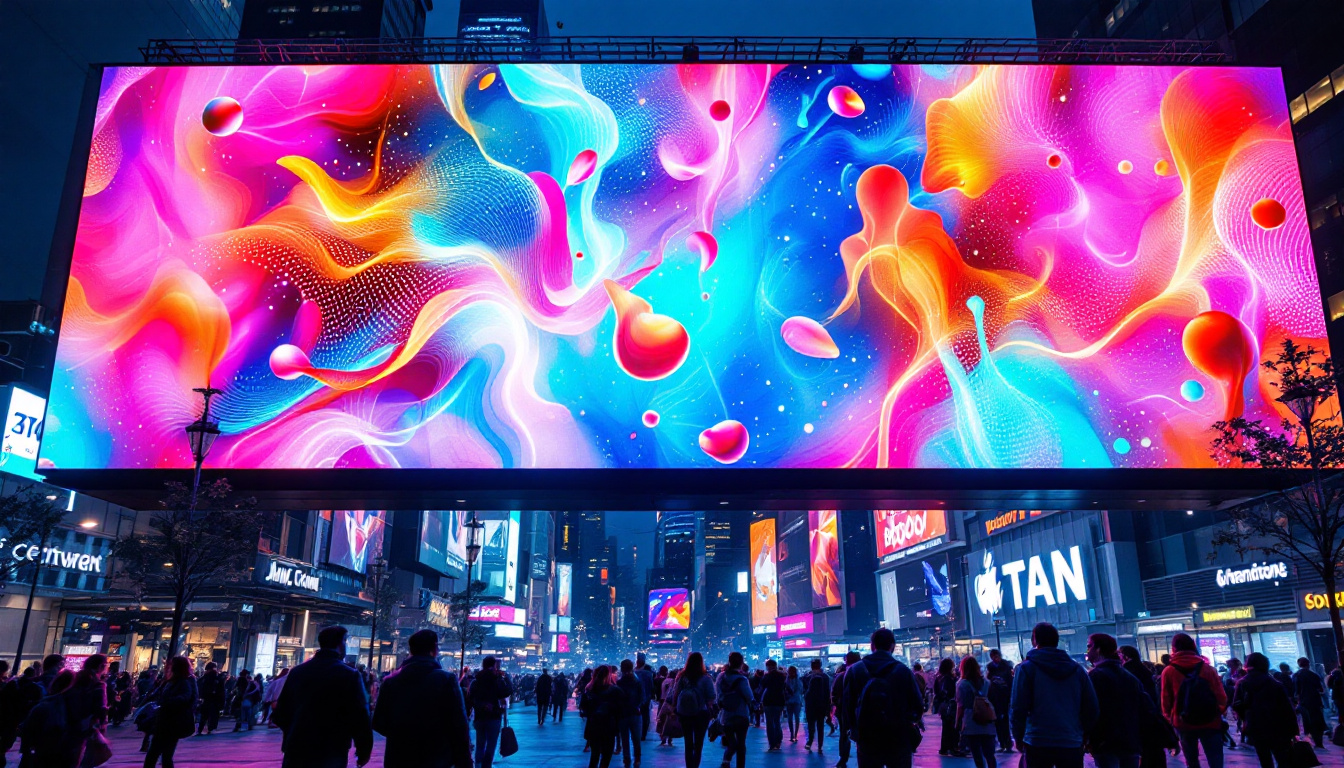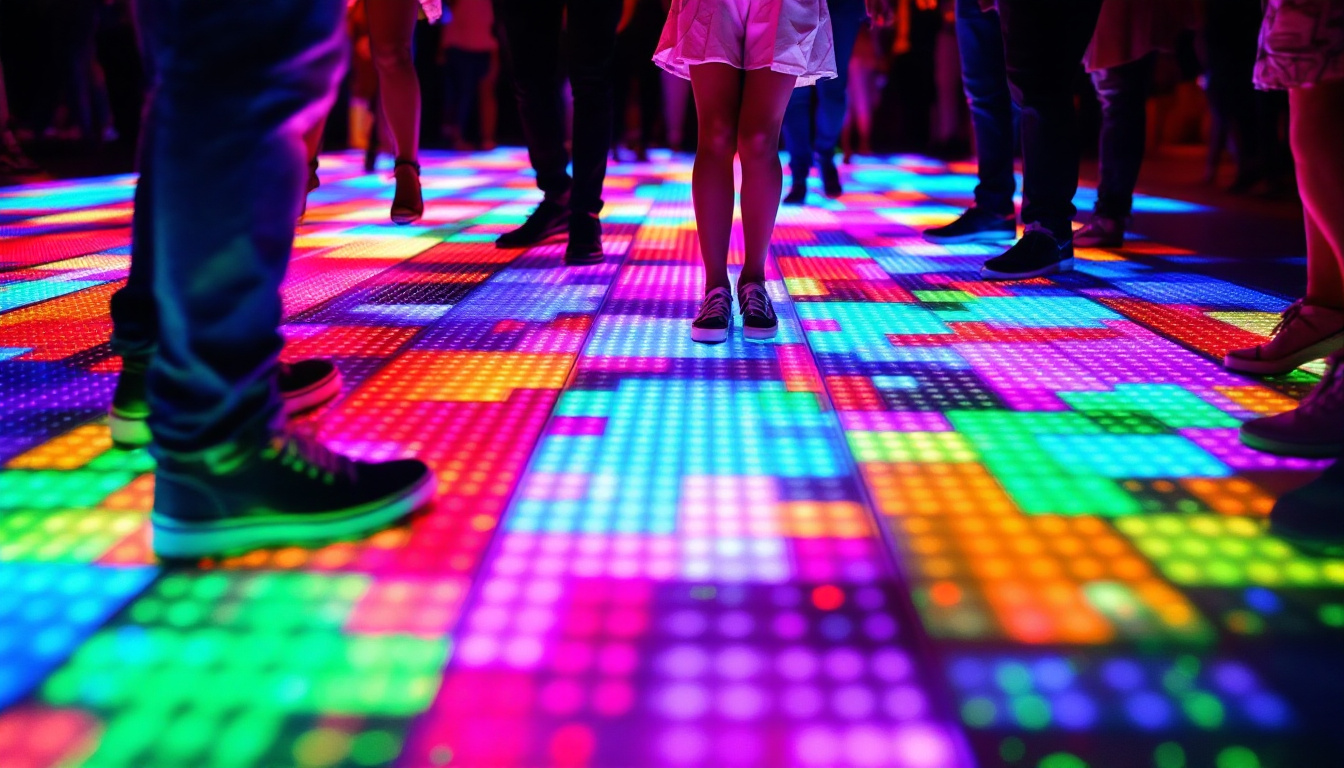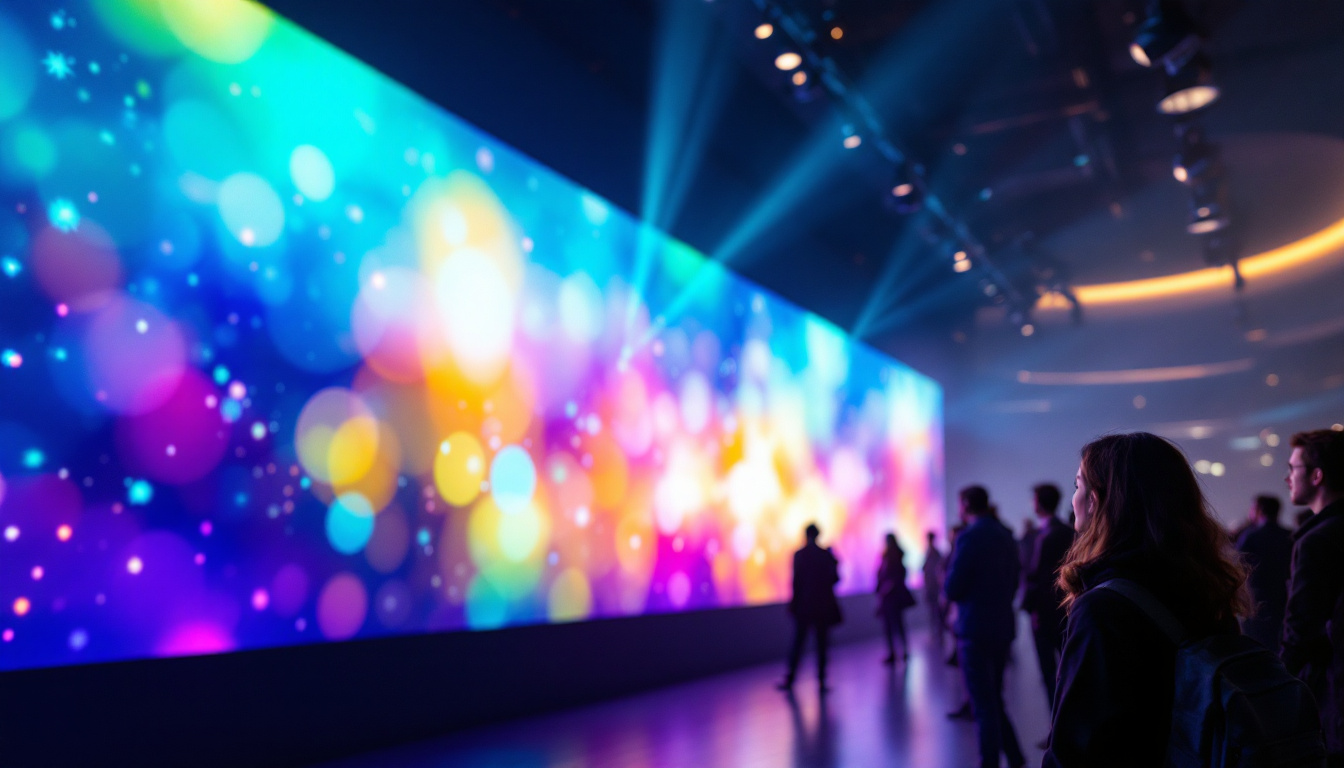In today’s digital world, screen brightness plays a crucial role in user experience. Whether it’s for work, gaming, or simply browsing the web, a bright and clear display can significantly enhance visibility and reduce eye strain. This article delves into the intricacies of LED displays, exploring how they work and offering practical tips on how to adjust screen brightness effectively.
Understanding LED Displays
LED, or Light Emitting Diode, displays have become the standard for modern screens, including televisions, computer monitors, and mobile devices. Unlike traditional LCD screens, which rely on fluorescent backlighting, LED displays utilize small diodes to produce light directly. This technology not only allows for brighter screens but also contributes to improved energy efficiency and color accuracy.
The Technology Behind LED Displays
At the core of an LED display is a matrix of tiny diodes that emit light in various colors. These diodes are arranged in pixels, and by adjusting the intensity of each diode, a wide range of colors can be produced. The result is a vibrant and dynamic display that can adapt to different lighting conditions. The precision of this technology enables manufacturers to create screens that can display images with remarkable clarity, making them ideal for both casual viewing and professional applications, such as graphic design and video editing.
There are two main types of LED displays: edge-lit and full-array. Edge-lit displays have LEDs positioned along the edges of the screen, while full-array displays feature a grid of LEDs behind the entire screen. Full-array displays typically offer better brightness and contrast, making them a popular choice for high-end televisions. Moreover, advancements in local dimming technology allow full-array displays to selectively dim or brighten sections of the screen, enhancing the depth of the blacks and the vibrancy of the colors, which is especially beneficial for cinematic experiences.
Benefits of LED Technology
LED technology provides several advantages over traditional display methods. One of the most notable benefits is the ability to achieve higher brightness levels without consuming excessive power. This efficiency is particularly important for mobile devices, where battery life is a critical concern. Furthermore, the longevity of LED displays is a significant factor; they can last tens of thousands of hours, reducing the need for frequent replacements and contributing to lower overall costs for consumers.
Additionally, LED displays can produce deeper blacks and more vibrant colors, enhancing the overall viewing experience. The quick response time of LEDs also reduces motion blur, making them ideal for fast-paced gaming and action movies. In addition to these performance benefits, LED technology is also more environmentally friendly compared to older display technologies. As they do not contain harmful substances like mercury, LED displays are easier to recycle and have a smaller ecological footprint. This aspect of LED technology is increasingly important as consumers become more conscious of sustainability in their purchasing decisions.
How to Adjust Screen Brightness
Adjusting screen brightness can greatly affect your viewing experience, especially in varying lighting conditions. Fortunately, most devices offer multiple ways to control brightness, ensuring optimal visibility regardless of the environment.
Manual Adjustments
Most devices allow users to manually adjust brightness through settings menus. On Windows computers, for instance, users can access the display settings by right-clicking on the desktop and selecting “Display settings.” From there, a brightness slider can be found, allowing for quick adjustments.
For Mac users, brightness controls are typically located in the “System Preferences” under “Displays.” Here, users can also enable automatic adjustments based on ambient light, which can be particularly useful for those who frequently move between different environments.
Using Keyboard Shortcuts
Many laptops and desktops come equipped with keyboard shortcuts for quick brightness adjustments. These shortcuts often involve pressing the “Fn” key in combination with specific function keys. This feature allows for immediate changes without navigating through menus, making it a convenient option for users who need to adjust brightness on the fly.
For example, on many Windows laptops, the brightness keys are typically marked with a sun icon, allowing users to increase or decrease brightness easily. Mac users have similar functionality, often found on the F1 and F2 keys.
Automatic Brightness Adjustment
In addition to manual adjustments, many devices now offer automatic brightness features. This technology uses sensors to detect ambient light levels and adjusts the screen brightness accordingly. This not only enhances visibility but also helps conserve battery life.
How Automatic Brightness Works
Automatic brightness adjustment relies on a light sensor, usually located near the front-facing camera. When the sensor detects changes in the surrounding light, it communicates with the device’s software to adjust the brightness level. For instance, in bright outdoor conditions, the screen will brighten to ensure content remains visible, while in darker environments, it will dim to reduce eye strain.
This feature is particularly beneficial for mobile devices, as it helps maintain an optimal viewing experience while also extending battery life. However, some users may prefer to disable automatic adjustments for more manual control over their display settings.
Enabling Automatic Brightness
To enable automatic brightness on most devices, users can navigate to the display settings. On Windows, this option is typically found under “Brightness and color,” where a checkbox for “Change brightness automatically when lighting changes” can be selected. Mac users can enable this feature in the “Displays” section of “System Preferences” by checking the “Automatically adjust brightness” option.
Understanding Brightness Levels
Brightness levels are measured in nits, a unit that quantifies the amount of light emitted per square meter. A higher nit rating indicates a brighter display, which can be particularly important for outdoor use or in well-lit environments.
Typical Brightness Levels
Most modern LED displays offer brightness levels ranging from 200 to 1000 nits, depending on the device and its intended use. For instance, smartphones typically have brightness levels around 600 nits, while high-end televisions can exceed 1000 nits for an optimal viewing experience in various lighting conditions.
Understanding these levels can help users choose the right device for their needs. For example, those who frequently use their devices outdoors may benefit from a display with a higher brightness rating to ensure visibility in direct sunlight.
Impact of Brightness on Battery Life
While higher brightness levels can enhance visibility, they also consume more power. This can significantly impact battery life, especially for mobile devices. Users should find a balance between brightness and battery efficiency, particularly when using their devices away from a power source.
Many devices offer battery-saving modes that automatically adjust brightness based on remaining battery life. Enabling such features can help extend usage time without sacrificing too much visibility.
Common Issues with Screen Brightness
Despite the advancements in LED technology, users may still encounter issues with screen brightness. Understanding these common problems can help identify solutions and improve the overall viewing experience.
Screen Flickering
Screen flickering can be a frustrating issue, often caused by incorrect brightness settings or outdated drivers. This flickering can lead to eye strain and discomfort, making it essential to address the problem promptly.
To resolve flickering issues, users should first check their brightness settings and ensure they are set appropriately. Updating graphics drivers is another effective solution, as outdated drivers can lead to compatibility issues with display settings.
Inconsistent Brightness Across Applications
Another common issue is inconsistent brightness levels across different applications. This can occur due to varying color profiles or settings within specific programs. For instance, video editing software may display colors differently than web browsers.
To mitigate this issue, users can adjust settings within individual applications or calibrate their display for a more uniform experience. Many operating systems also provide calibration tools to help achieve consistent brightness and color accuracy across all applications.
Tips for Maintaining Optimal Brightness
Maintaining optimal brightness levels not only enhances the viewing experience but also prolongs the lifespan of the display. Here are some practical tips to keep in mind.
Regular Calibration
Regularly calibrating your display can help maintain accurate brightness and color settings. Most operating systems include built-in calibration tools that guide users through the process. This ensures that colors remain vibrant and brightness levels are consistent across different applications.
Calibration should be performed periodically, especially after significant changes in lighting conditions or when using the device in different environments. This practice can significantly enhance the overall viewing experience.
Cleaning the Screen
A dirty screen can significantly impact brightness and clarity. Dust, fingerprints, and smudges can obstruct light, making the display appear dimmer than it is. Regularly cleaning the screen with a microfiber cloth can help maintain optimal brightness levels.
It’s essential to use appropriate cleaning solutions and techniques to avoid damaging the screen. Avoid using harsh chemicals or abrasive materials, as these can lead to scratches and other damage.
Conclusion
Understanding how to make a screen brighter involves more than just adjusting settings. By grasping the technology behind LED displays, recognizing the benefits of brightness adjustments, and addressing common issues, users can significantly enhance their viewing experience. Whether for work, entertainment, or casual browsing, a well-calibrated and appropriately bright display can make all the difference.
As technology continues to evolve, staying informed about display features and settings will empower users to make the most of their devices. By implementing the tips and strategies outlined in this article, achieving optimal screen brightness becomes a straightforward and rewarding endeavor.
Discover LumenMatrix’s Bright Solutions
Ready to experience the pinnacle of screen brightness and clarity? LumenMatrix is at the forefront of LED display innovation, offering a diverse range of solutions tailored to your needs. From Indoor and Outdoor LED Wall Displays to specialized options like Vehicle, Sports, and Floor LED Displays, our technology is designed to captivate and engage. Elevate your visual communication with our Custom, All-in-One, and Transparent LED Displays. Don’t just take our word for it; check out LumenMatrix LED Display Solutions today and see the difference for yourself!

